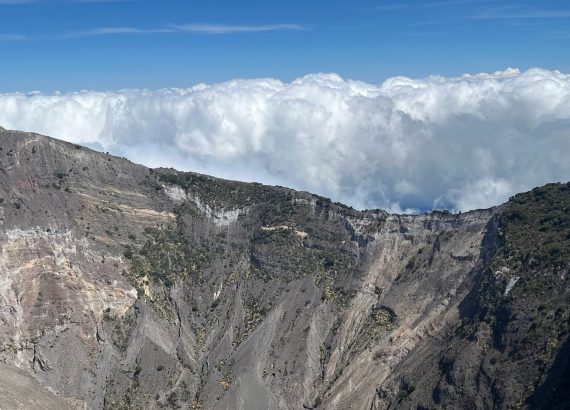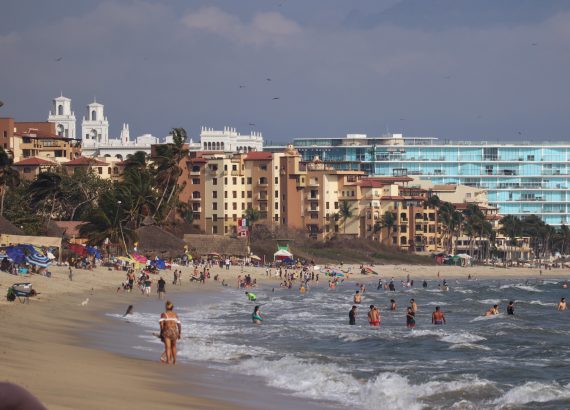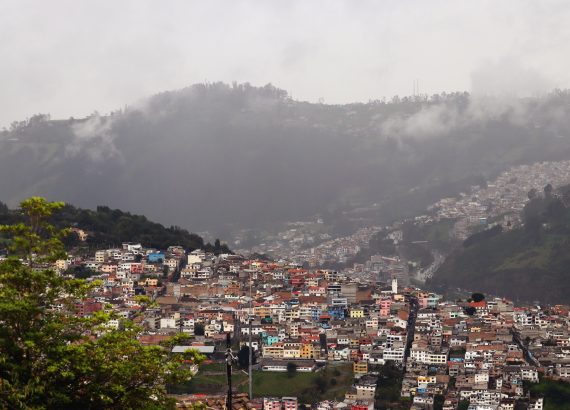Last leg of a 10-day road trip through California coastline arriving at the state’s most quintessential city.
Next and final stop is the quintessential city of San Francisco. A city where the contrast between the rich and the poor is exacerbated by the growing housing crisis and, more recently, the pandemic. Yet it is a romantically alluring city with so many distinctive iconic landmarks to revel in. There is so much to see when visiting this city, beginning with the Golden Gate Bridge to the popular Alcatraz Island. The architecture of the city is just truly exquisite, stylish and diverse. It represents a combination of Victorian homes of every type from gorgeous Queen Anne styles to Gothic and Tudor Rival structures, including some very cool contemporary modern architecture. These diverse styles of homes and buildings are nicely weaved together in what is a hilly terrain, making these neighborhoods so desirable to live in and expensive.
In the last several years, I have been fortunate to visit this city on two occasions and most likely a third to finish the second half of this coastline road trip next summer. If you decide to visit San Francisco, here are some tips to help you better navigate this amazing city.
1. Dress in layers, no matter the season, the weather here is a bit breezy, requiring you to dress in layers to be comfortable. The weather is generally mild, about mid-60s year-round, with foggy evenings and much cooler nights (also be prepared for rain or smoke from nearby wild fires).
2. Parking is expensive and renting a car is unnecessary. It is easy to get around the city using different modes of public transportation. Save time and money by downloading the MuniMobile®, San Francisco’s official ticketing app for Muni buses, trains, cable cars and para-transit rides. If possible, remember to take a cable car ride for the fun of it.
3. Remember to wear flat comfortable shoes to walk on what is a hilly terrain. Your ankles will thank you for it.
4. Be prepare to see homeless people in all parts of the city. San Fran homeless population is problematic and unfortunately has been normalized. You see homeless persons walking with their pets and bundle of bags and luggage as if nothing was wrong with this picture. Do stay away from the Tenderloin neighborhood, which has the highest homeless population and single room occupants and is not considered safe. Unfortunately, the homeless problem in San Fran is not just about the lack of housing as drugs and mental illness are also significant contributors.
5. Spend little time (if any) at the Fishermen Wharf and Pier 39 – – a cross between a Disney village and a boardwalk. There are better places to go if you have limited time unless you are lodging in the area.
6. If the forecast for the day is rain, I suggest you visit the San Francisco Museum of Modern Art – 8 floors of every form of art, including having lunch on the premises.
7. Going to the Golden Gate Bridge is a must. There are plenty of tours to get you there, plus the Hop-on-Hop-off bus is another option.
8. I have not been to the Alcatraz Island but very much like the idea of crossing this unique bay and photographing the area which I recommend if you have a longer stay and the weather is in your favor.
9. Napa Valley and Sonoma wineries are only about an hour from San Francisco. However, to truly enjoy either of these communities, it is preferable to stay overnight to explore as many vineyards as possible. Click here to learn about my visit to California Wine Country.
10. If you like to hike and walk among giant redwoods, Muir Woods National Monument Park is only about an hour away from the city. If interested in both visiting the wine country and the redwoods, I suggest renting a car for at least a two-day stay in either town.
During my last two visits, I was able to go to several ethnic neighborhoods, all experiencing significant gentrification. They are
1. Mission District, the epicenter of San Francisco’s Mexican/Chicano, Nicaraguan, Salvadoran and Guatemalan communities
2. Chinatown, the first and oldest China village in the US, located in the central downtown area
3. Japantown, the largest of the three remaining Japantowns in the US
The level of gentrification throughout this city is changing the history and culture of many of San Francisco’s neighborhoods due in part to the growing tech workforce within the Bay Area. Twice, I have visited the Mission District, which is experiencing the bleaching of the Latino culture in this historic long-standing community, even as it is fighting back by organizing and educating residents. The growing number of Silicon Valley techies looking for affordable housing makes San Francisco one of the most inequitable cities in the US. Evictions caused by the pandemic, escalating rents, developers and the onslaught of Airbnb owners are here to stay.
Walking through the Mission District, changes such as trendy café, bookstores, art galleries, new apartment buildings and condos are now part of the neighborhood landscape. One of the district’s most celebrated cultural amenities are the many vibrant and expressive murals that are weaved throughout the corridors, alleys, and parks of this 50-block area. They are done mostly by resident artists, youth and volunteers supported by the Precita Eyes Mural Arts Visitor Center that also offers mural walks and tours. (Unlike, Miami’s popular Wynwood murals done mostly by international artists and highly controlled by a commission).
On this last visit, I was able to also tour Chinatown, which has been negatively impacted by the pandemic and the growing anti-Asian sentiments. Chinatowns in the US depend heavily on tourism and San Francisco is no different. Walking the main strip where tourists tend to visit, you immediately notice the loss of many mom-and-pop stores. Retail and restaurants that are opened are mostly empty, welcoming very few customers. The threat of escalating rents and developers encroaching on this neighborhood is real and is gradually shrinking Chinatowns in downtown districts. However, I can’t imagine San Francisco without its Chinatown. We can only hope that things will eventually turnaround and that these authentic communities will thrive and remain a part of American culture, making our visits so much more meaningful.
Spending a day in San Francisco is never enough, but for me it was a suitable alternative since I had shortened my trip. A midnight flight certainly allowed for more time in the city. Next summer, I plan to return to San Francisco and finish the second half of my coastline road trip …this time through Southern California. As always, my photos showcase some of the city landmarks and neighborhoods from both visits. Don’t forget to click the center of the photos for a full view.
“For more stories and photos like these, please click here to subscribe!“









































No Comments